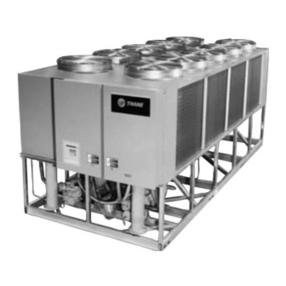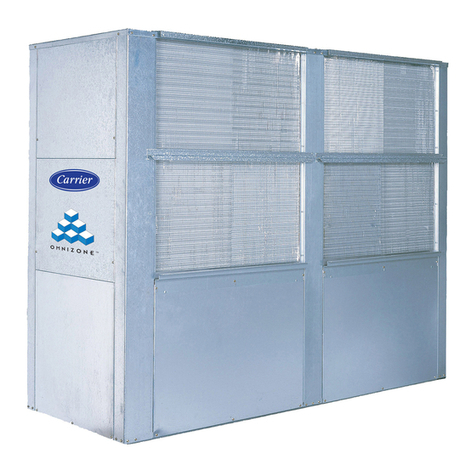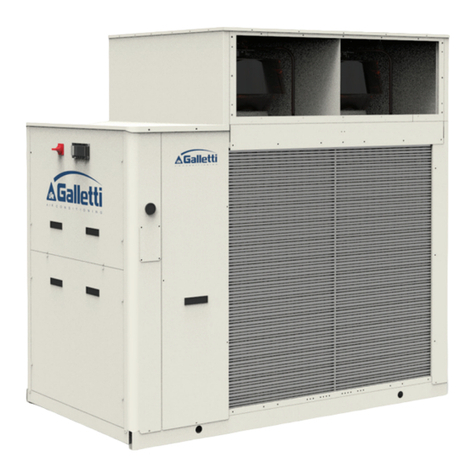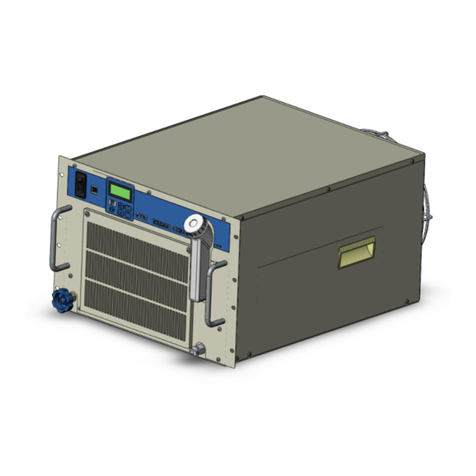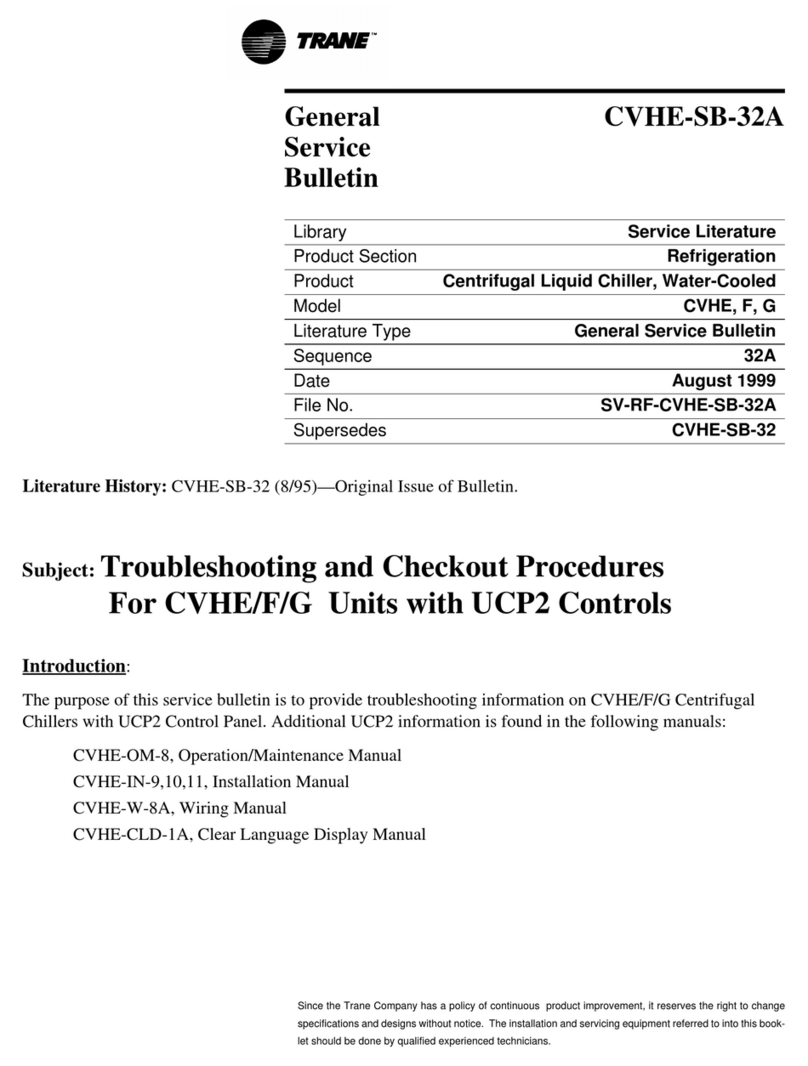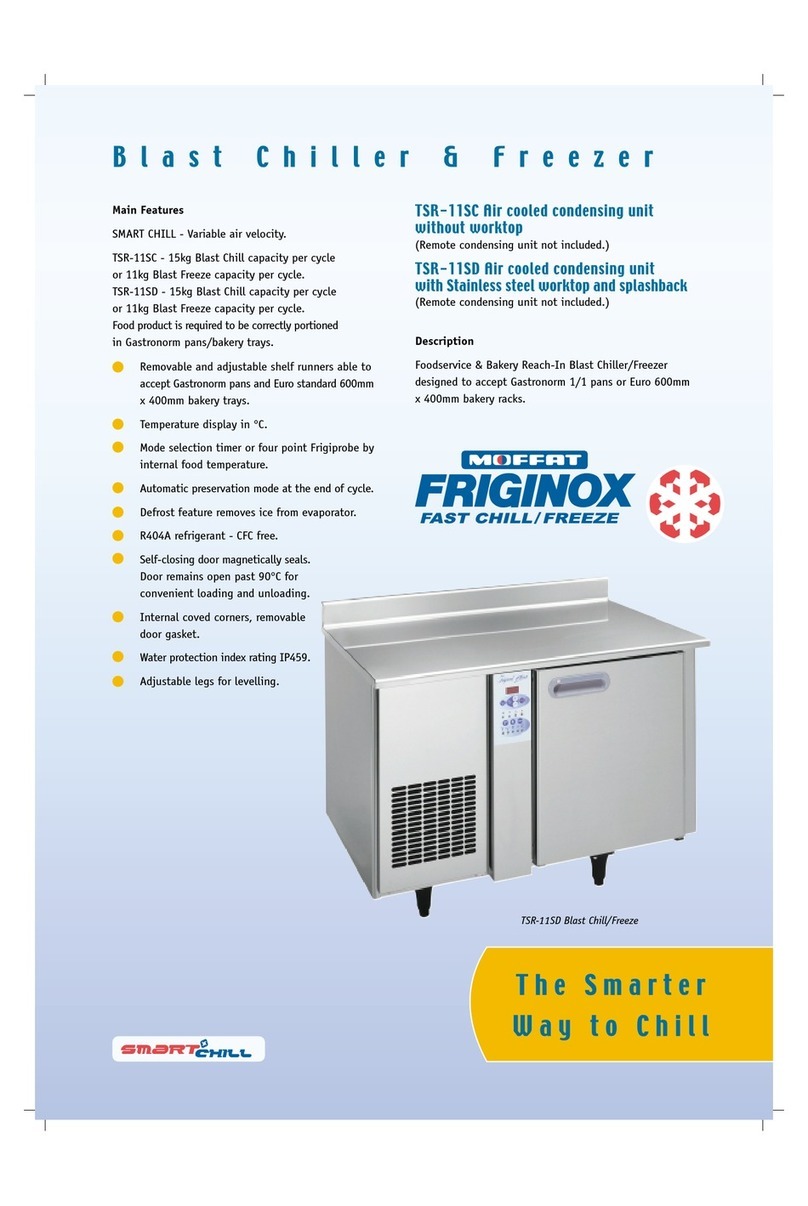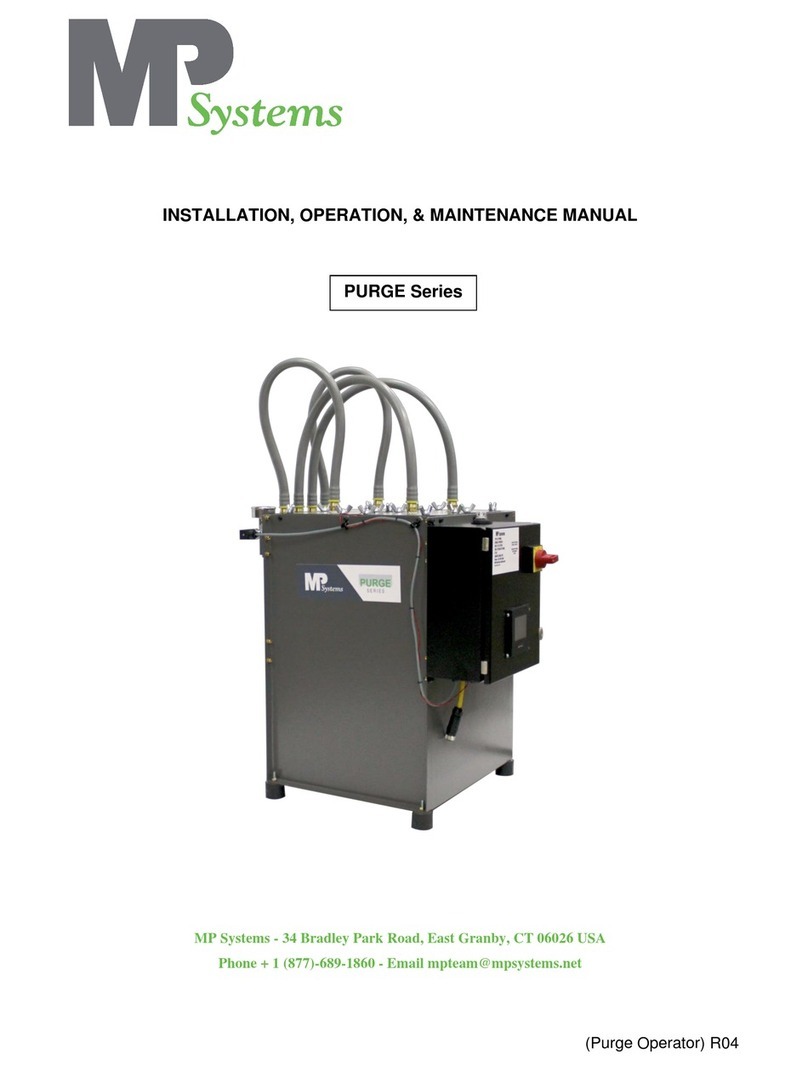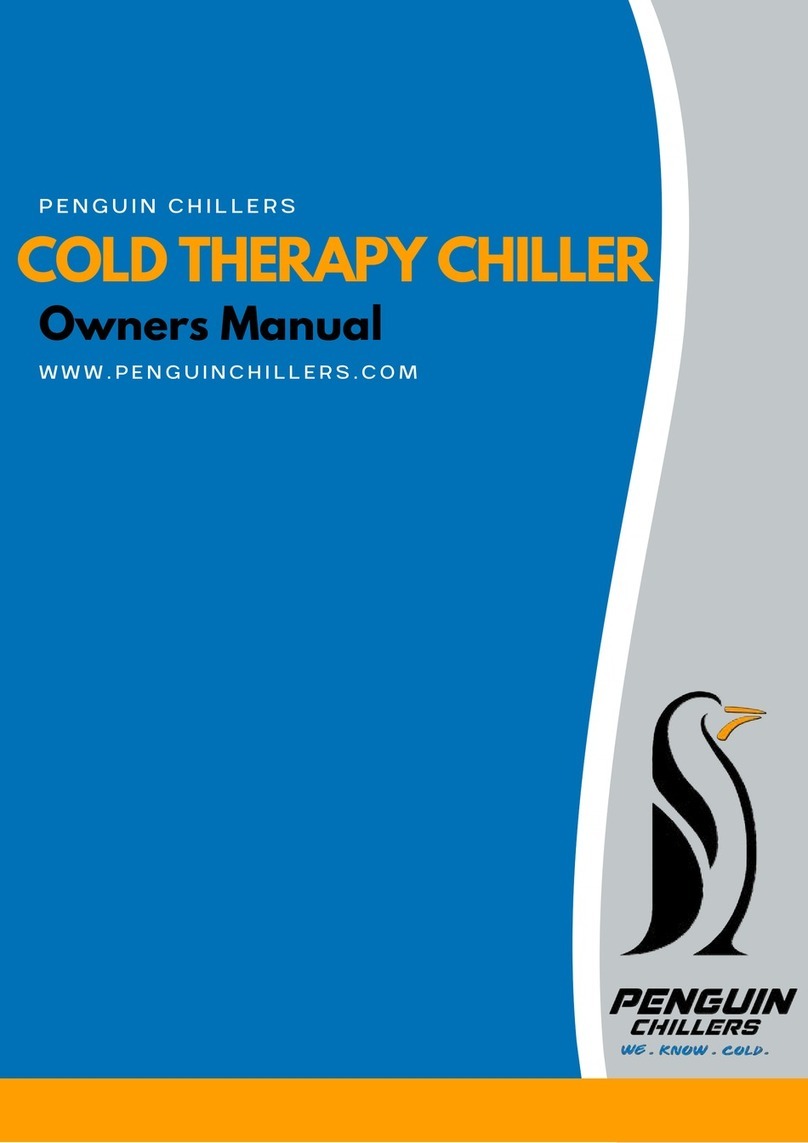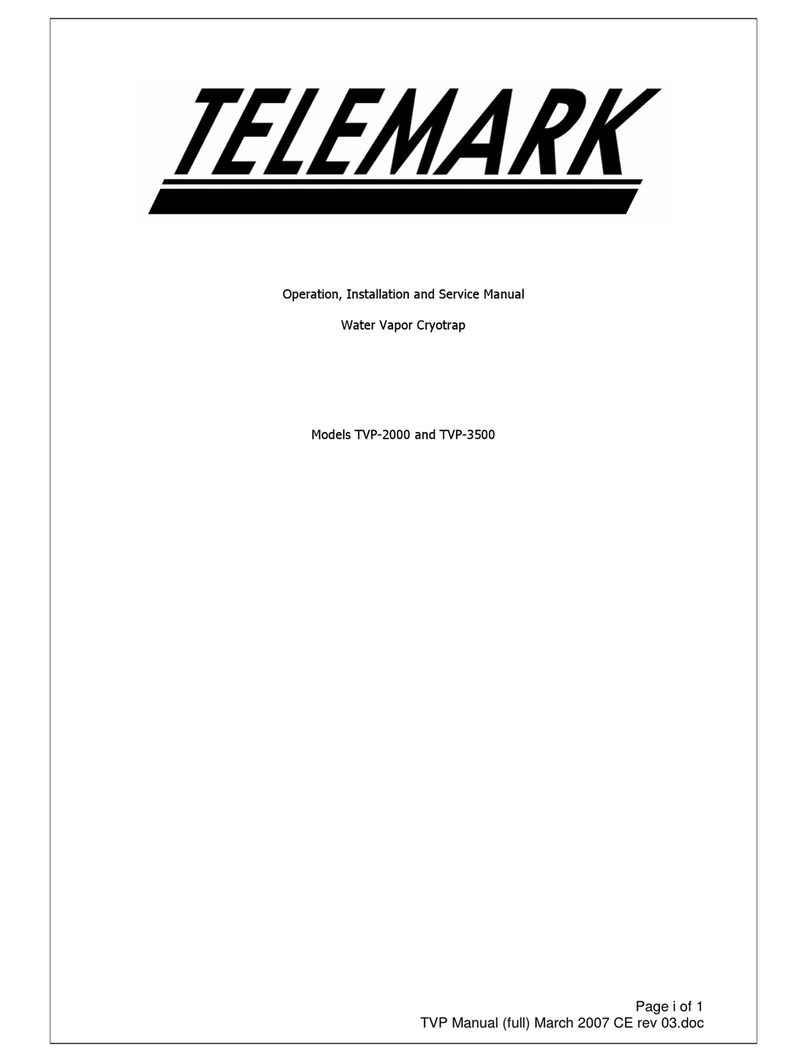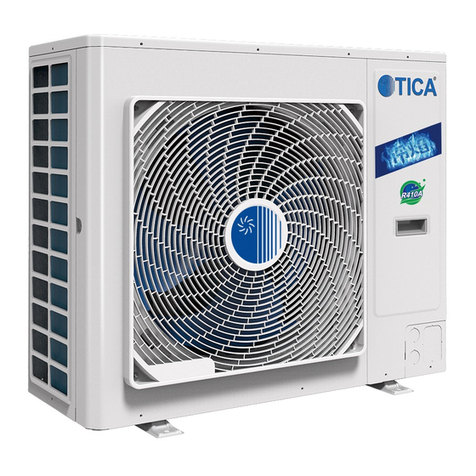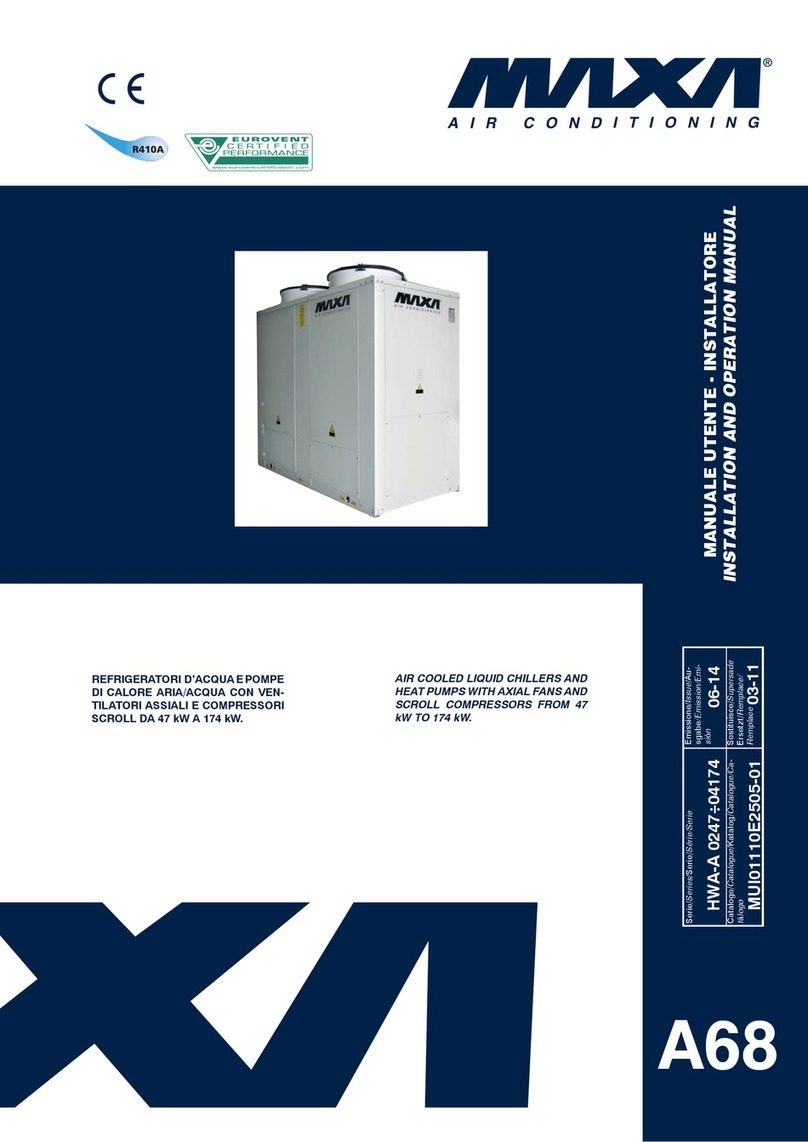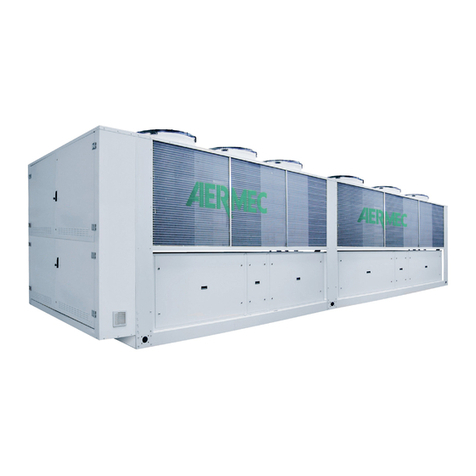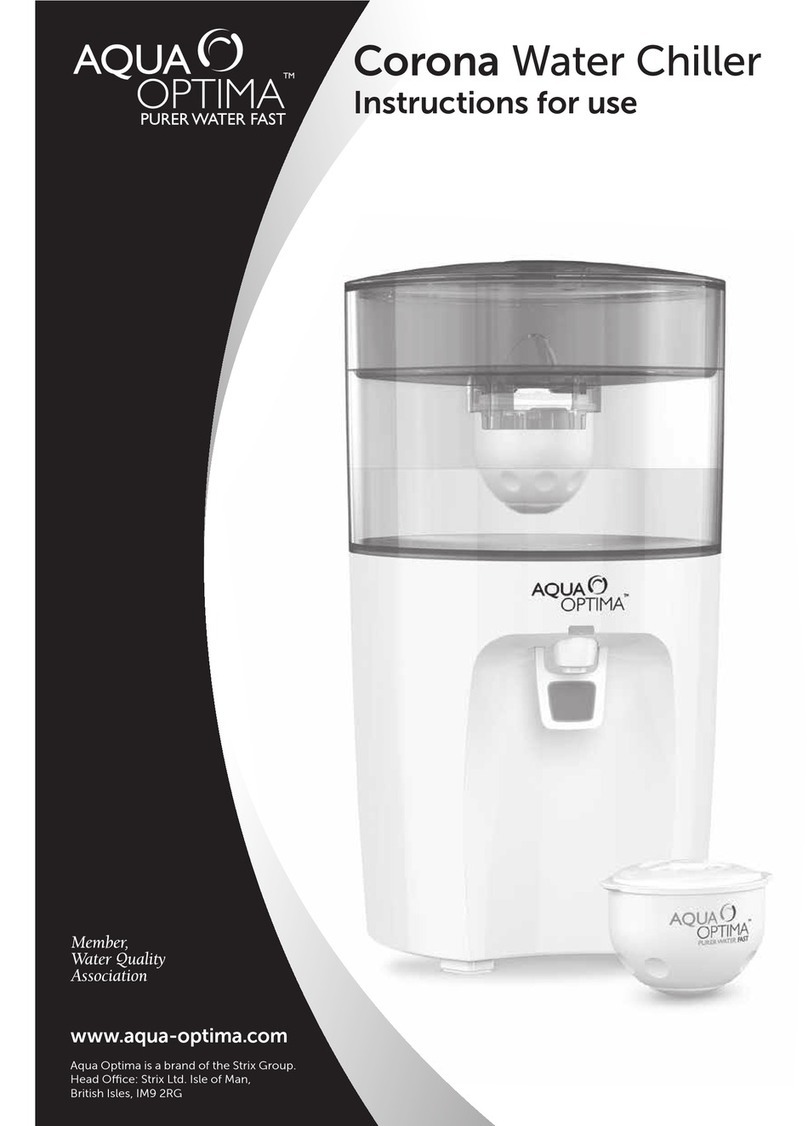
USER GUIDE
Safety and Warning
WARNING
!
Appliance must be connected to a grounded,
metal, permanent wiring system. Or an
equipment-grounding conductor must be run
with the circuit conductors and connected to the
equipment-grounding terminal or lead on the
appliance. Failure to comply with this procedure
can cause property damage, injury, or death.
WARNING
!
Appliances equipped with a exible electric
supply cord, are provided with a three-prong
grounding plug. It is imperative that this plug be
connected into a properly grounded three-prong
receptacle. Failure to comply with this procedure
can cause property damage, injury, or death.
WARNING
!
If the receptacle is not the proper grounding
type, contact an electrician. Do not remove the
grounding prong from the plug. Failure to comply
with this procedure can cause property damage,
injury, or death.
WARNING
!
Electrical connections or any work required on
the electrical circuits inside the appliance must be
performed by certied technicians in compliance
with local, state, and federal regulations.
ELECTRICAL LOCKOUT/TAGOUT PROCEDURE
WARNING
!
Before performing any service that involves
electrical connection or disconnection and/
or exposure to electrical components, always
perform the Electrical LOCKOUT/TAGOUT
Procedure. Disconnect all circuits. Failure to
comply with this procedure can cause property
damage, injury, or death.
WARNING
!
Before removing any sheet metal panels,
always perform the Electrical LOCKOUT/TAGOUT
Procedure. Be sure all circuits are disconnected.
Failure to comply with this procedure can cause
property damage, injury, or death.
WARNING
!
Before performing any service that involves
electrical connection or disconnection and/or
exposure to electrical components, always follow
the Electrical LOCKOUT/TAGOUT Procedure.
Disconnect all circuits. Failure to comply can
cause property damage, injury or death.
The Electrical LOCKOUT/TAGOUT Procedure
is used to protect personnel working on an
electrical appliance. Before performing any
maintenance or service that requires exposure to
electrical components, follow these steps:
1. In electrical box, place appliance circuit
breaker into OFF position.
2. Place a lock or other device on electrical box
cover to prevent someone from placing circuit
breaker ON.
3. Place a tag on electrical box cover to indicate
that appliance has been disconnected for
service and power should not be restored
until tag is removed by maintenance
personnel.
4. Disconnect appliance power cord from
electrical outlet.
5. Place a tag on the cord to indicate that unit
has been disconnected for service and power
should not be restored until tag is removed by
maintenance personnel.
7
